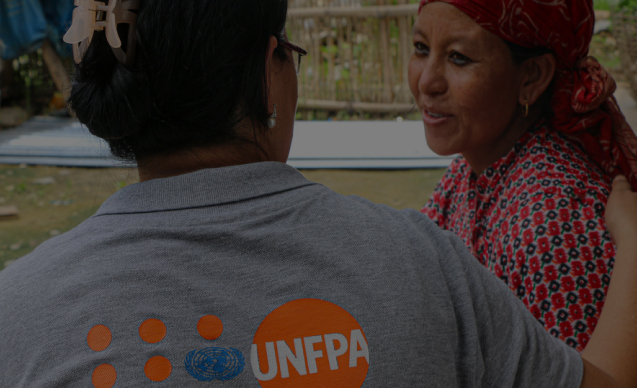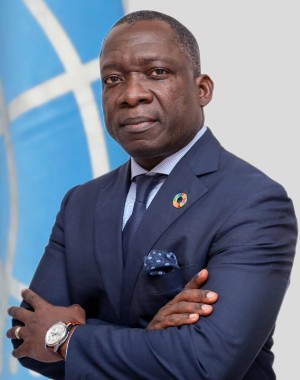5 ways men can get in the game
Family planning and safe sex should be a team effort between couples, but most men are sitting on the side-lines. While overall use of modern contraceptives worldwide doubled between 1970 and 2015, the rates for men’s use of contraception have remained constant since the 1980s, according to a report by UNFPA partner Promundo.



